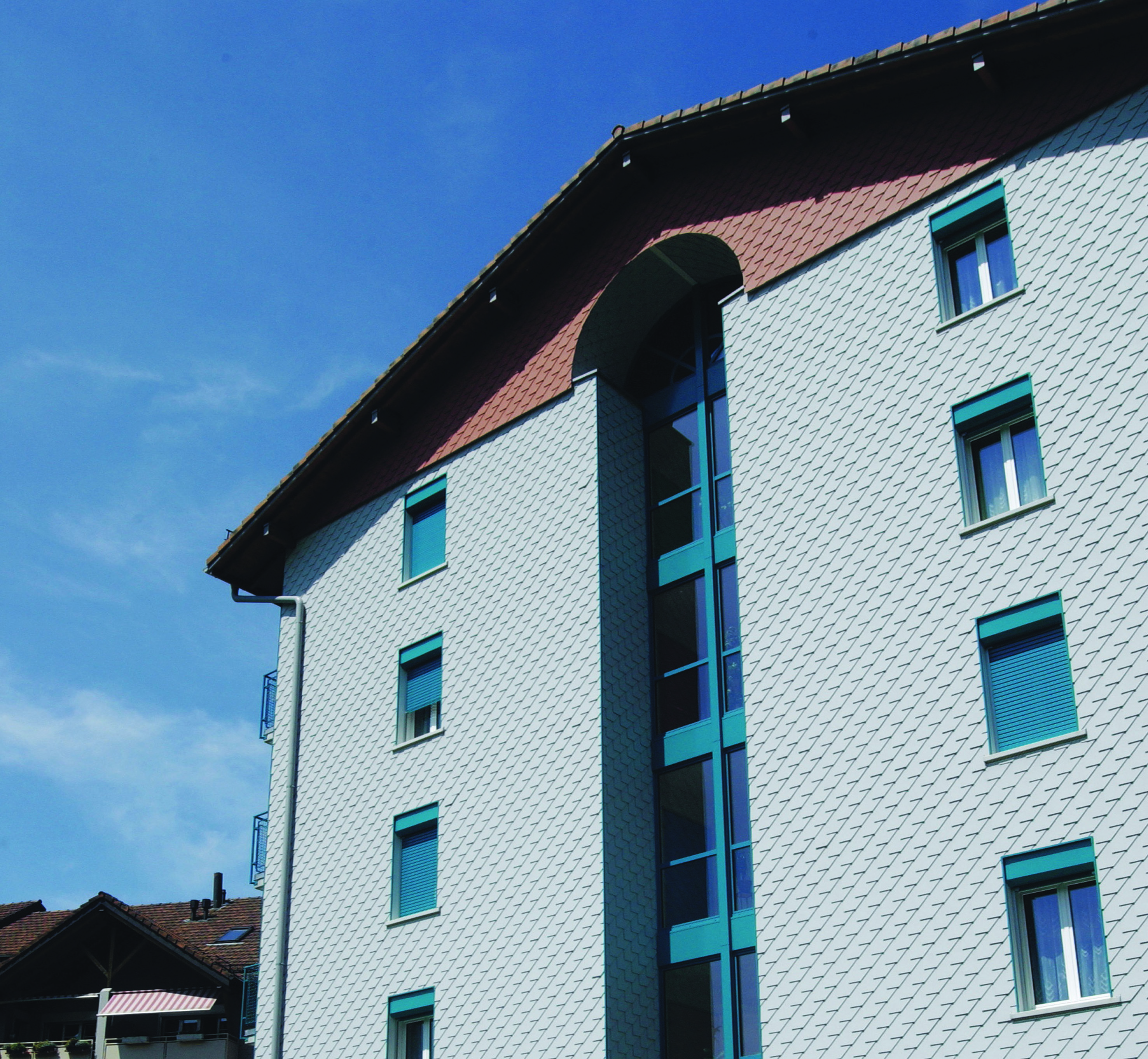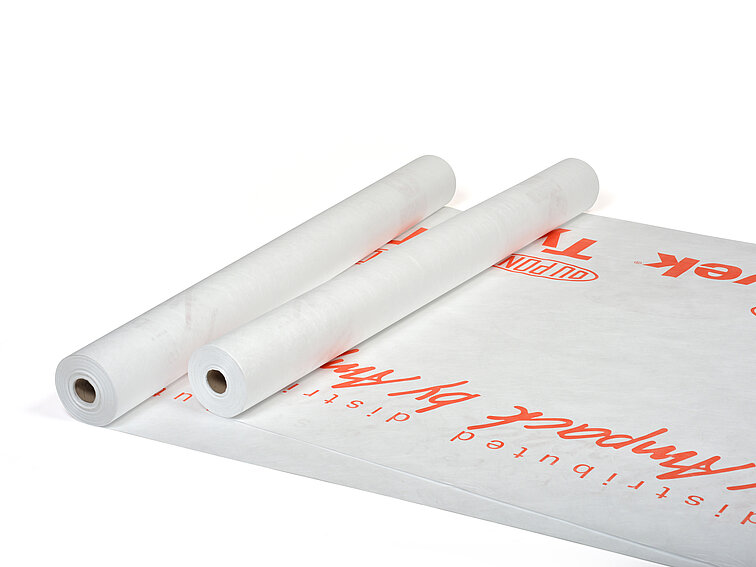Façade

Together with the roof the façade is one of the most highly stressed areas of a house. Therefore you must give the façade the same amount of attention as you give the roof.Curtain-type façades are often left for months without any form of lining. There are different reasons for this and happens at any time of the year. Therefore protect thermally insulated constructions at all times from external influences such as wind and weather. What is the best way of doing this? Why a wind seal? Wind seals are primarily used in ventilated façades. As well as offering protection against the wind they have to fulfil a whole range of other functions during the construction phase and in particular during use.
Construction phase
Regardless of the time of year, wind seals protect your thermally insulated construction form external influences such as wind, rain, snow, dirt, etc., which are particularly harmful to the overlapping surfaces.
Period of use
Wind seals prevent cold air from penetrating the joints of the thermal insulation and they hinder insects, maggots, spiders, wasps and small mammals such as mice, etc. from nesting in the building. Also, perfect wind seals help in reaching the required thermal insulation as specified in the standards.
Requirements for a wind seal
In order for a wind seal to optimally fulfil its function both in the construction phase and during its useful life it must demonstrate some basic characteristics. The fact that it must also be quick and reliable to use almost goes without saying.
Water vapour diffusion
A wind seal must be extremely vapour-permeable, so that the moisture in the construction can escape unhindered into the ventilation space. Even during the construction phase there is a great deal of trapped moisture and then later moisture is produced in the interior of the building due to use.
Wind and weather protection
A wind seal must be airtight and rainproof so that it can fulfil its basic function. However, there are few materials that are rainproof and vapour-permeable at the same time! Unfortunately, the values are often glossed over in practice.
Mechanical characteristics
A wind seal must be stable and must not sag. In addition, a smooth surface facilitates the functionality of the ventilation between the windtight layer and the lining.
Resistance
A wind seal must comply with the fire safety standards, be UV stable, be able to cope with temperatures ranging between -20 °C to +80 °C and also have a longevity that matches the useful life of the façade.



